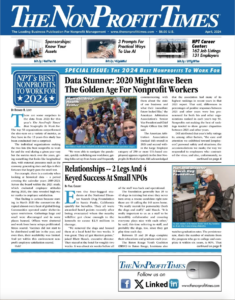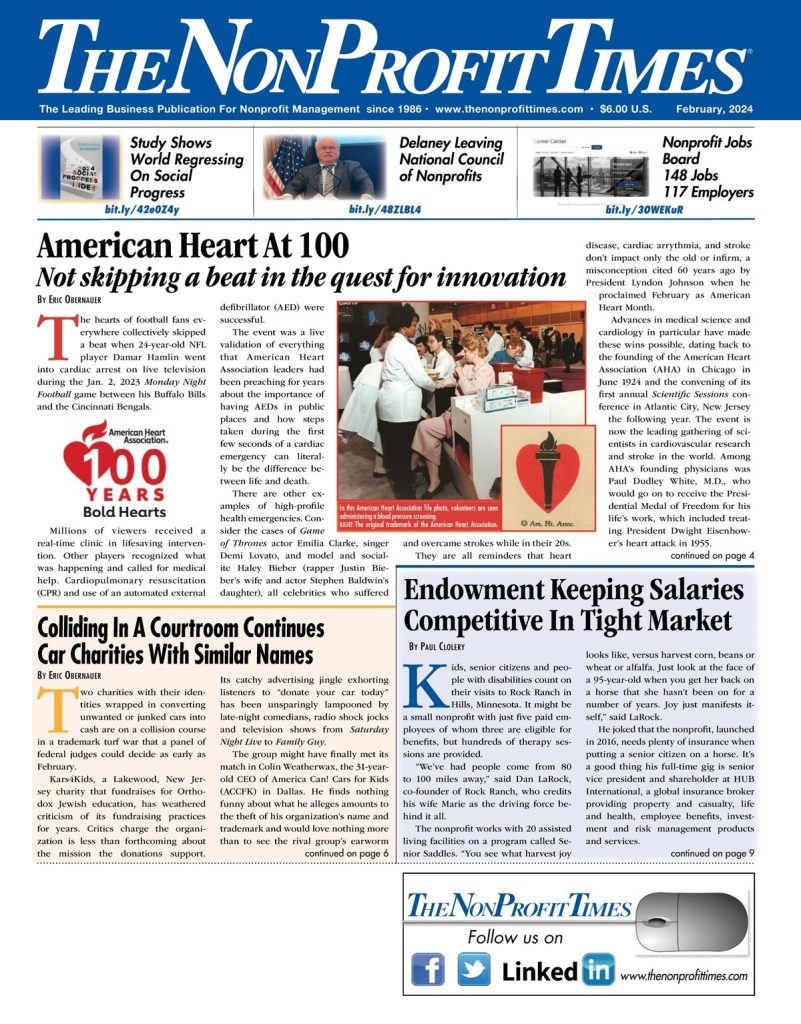By Barbara M. Low, SPHR, RODC
Nonprofits are struggling to find talent in today’s competitive market. One of the reasons for this is the historically low number of people in this country who are older than age 18. This trend will continue for many more years.
Another for the challenge reason is COVID-19-related. People are re-examining their lives as a result of their experiences throughout the pandemic and, in many cases, making drastic changes — including dropping out of the market altogether.
The U.S. Department of Labor released data indicating that in the second half of 2021, approximately 20 million people quit their jobs. Further, a recent study by ResumeBuilder.com shows that one in four workers plan on quitting during 2022. The nation is facing a talent crisis that will continue for several more years, at minimum.
Employers must implement practices to retain talent. One highly effective practice is succession planning. When employees feel valued and are provided with a future vision of their opportunities, they are more inclined to stay with their current employer.
What does effective succession planning look like? Generally, a robust succession planning process includes the following steps:
- Identify key positions or roles in your organization: Clarify the skills, knowledge and attributes needed for success in key roles. Determine competencies important to the organization overall, as well as leadership competencies for various roles.
- Identify high-potential, high-performance employees: Identify who has or can develop the necessary skills, knowledge and attributes to succeed the incumbent in each key position. Focus on retaining these employees first. It’s important to assess successor candidates against the job competencies to identify gaps when developing a career blueprint for each successor.
- Evaluate the employee population: Identify highly skilled individuals and those with unique knowledge to determine who would replace them should they leave. How do you know who these people are? Ask the question: “If this person left the organization today, would it leave a significant void that we wouldn’t immediately know how to fill?”
- Determine successor candidates’ readiness to move to another position: Readiness charts can help you identify candidate strengths and development needs, as well as track who is immediately ready to assume a role, who might be able to serve in an interim capacity and who might be ready over a longer period of time.
Once you have followed these steps, you’re ready to create the full succession plan.
Tying these elements together with career paths, career blueprints and individual coaching and mentoring can go a long way toward maintaining intellectual strength and thus reduce turnover.
***
Barbara M Low, SPHR, RODC is manager of Talent Management Consulting at national finance and consulting firm Wipfli LLP. Her email is [email protected]












